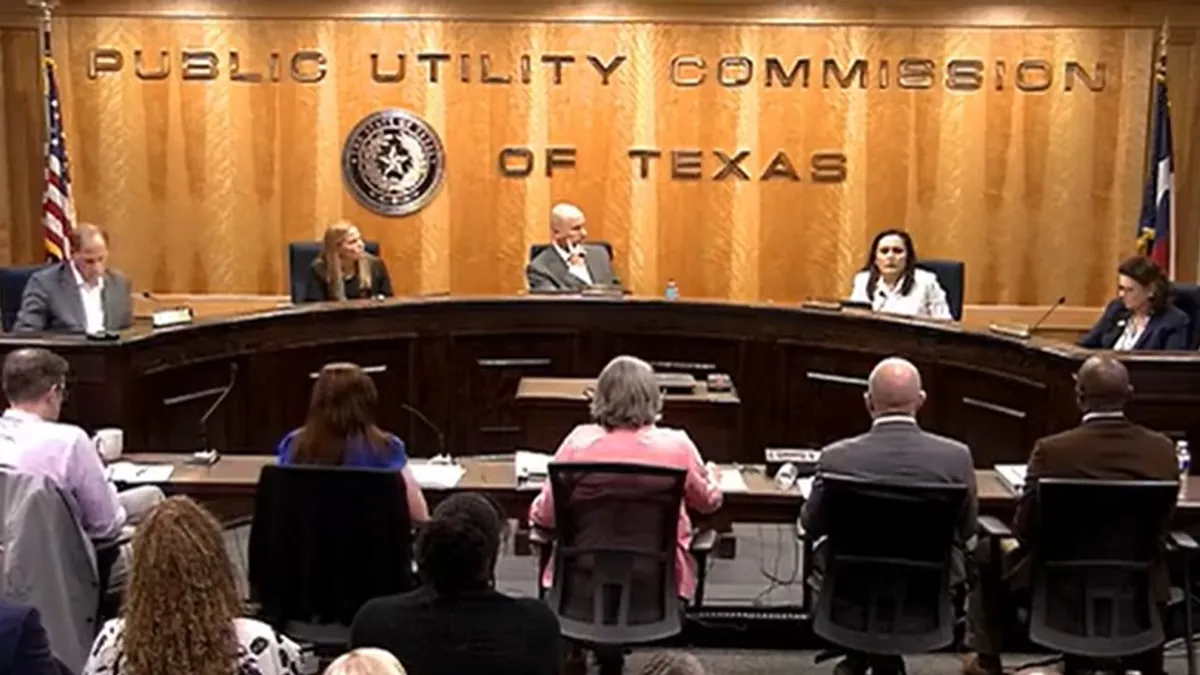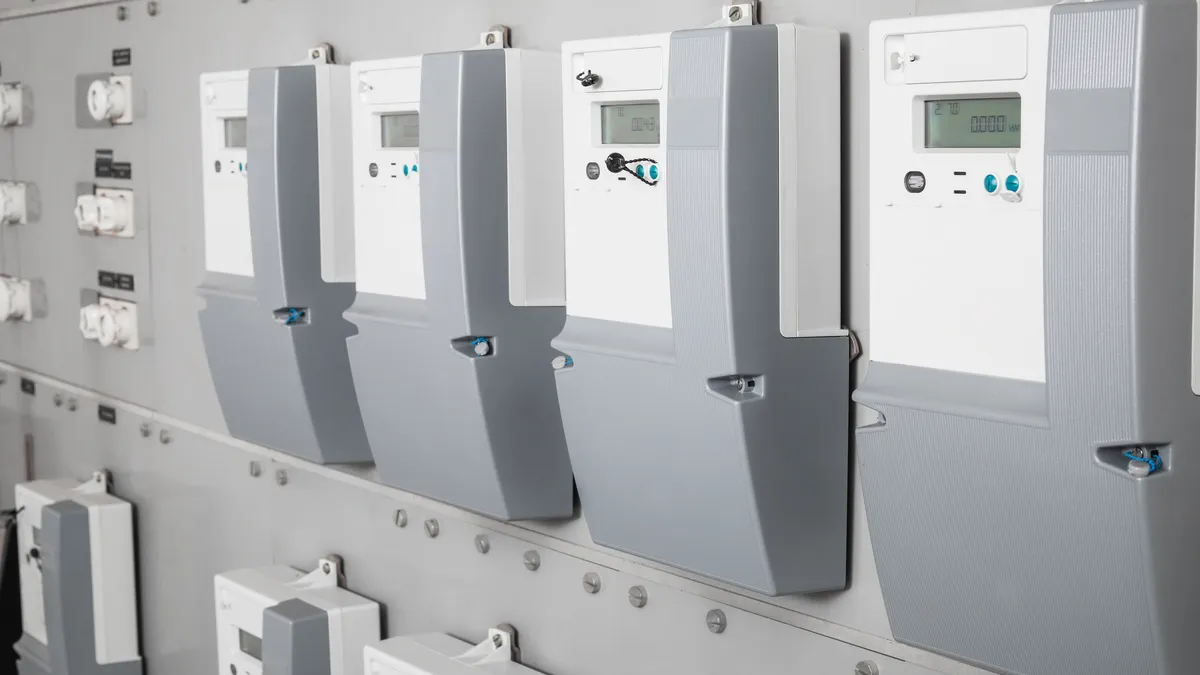Dive Brief:
- Texas has spent more than $2.5 billion installing smart meters across the state since 2007, but has struggled to help low-income customers take full advantage of the new technology, according to the Texas Tribune.
- In 2009, state regulators ordered utilities Oncor, CenterPoint and AEP Texas to assist low-income Texans by budgeting $18.5 million to provide them with Home and Business Area Networks (HAN) to help utilize the smart meters. The funds, however, have not been used.
- The result, consumer advocates argue, is that low-income families are paying for smart meters they cannot fully use.
Dive Insight:
There are about 7 million smart meters installed in Texas, and most consumers can check the data online with a 24- to 48-hour delay. Some 12,000 meters are connected to a HAN device, allowing users to track and respond to data in real time.
Utilities and advocacy groups have not been able to agree on just who should qualify for the program, what technology should be utilized and how privacy concerns should be addressed.
State regulators admit the program is taking longer than anticipated to roll out. But they also say the slower roll-out will mean a more coordinated system with fewer problems. And consumers, even without the ability to fully utilize the smart meters, are still seeing benefits, they say.
But only a very small percentage of Texas consumers — fewer than 1% — have accessed the state's online system to view their usage data. And, according to a report by the South-Central Partnership for Energy Efficiency as a Resource, major utilities have reduced the amount they're spending on smart grid education.














